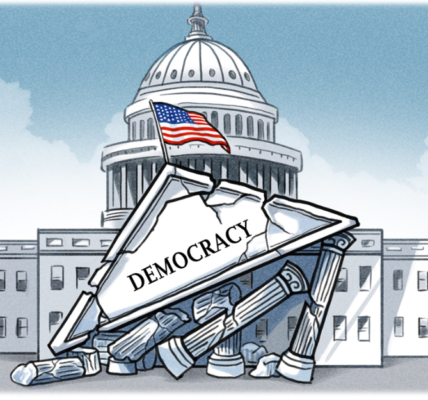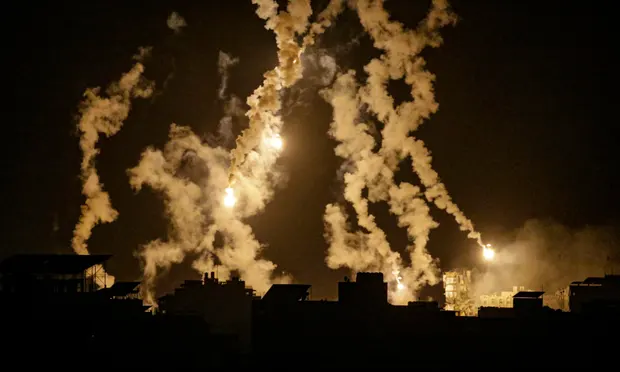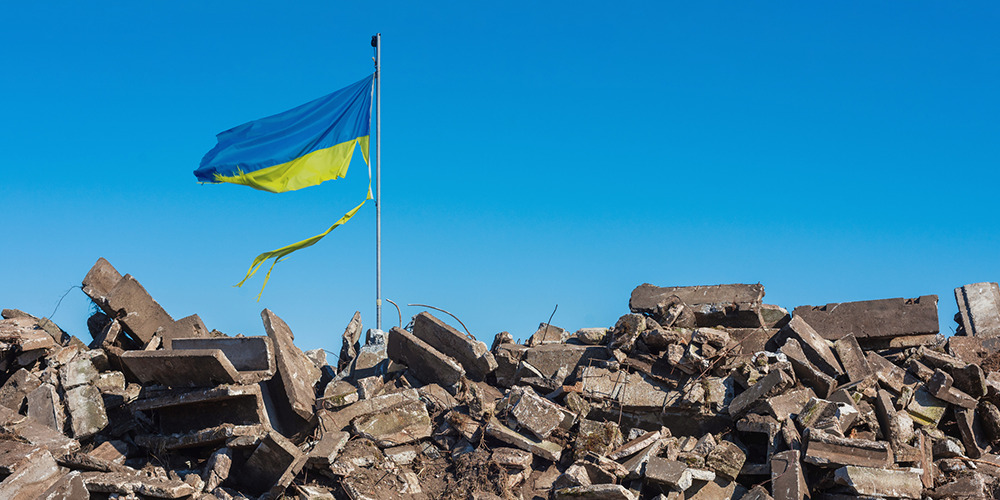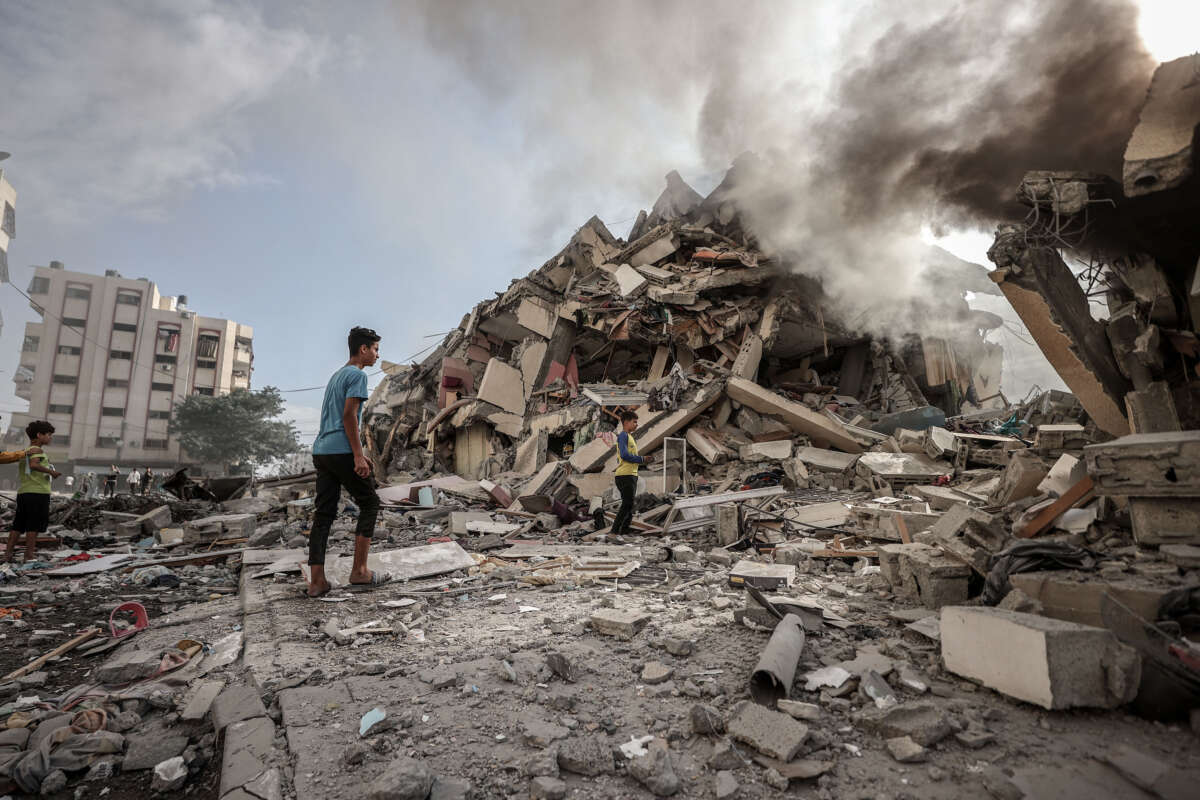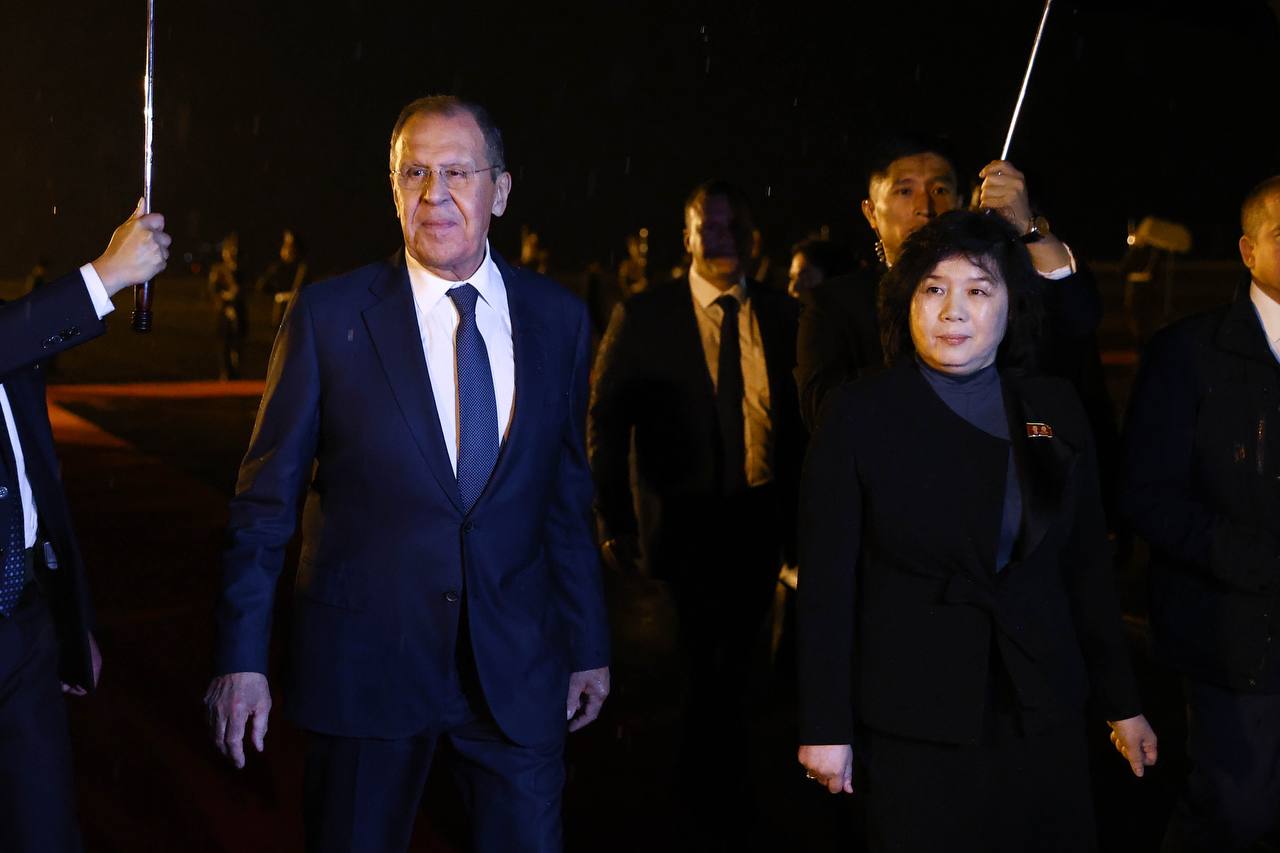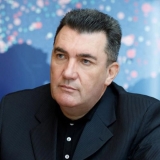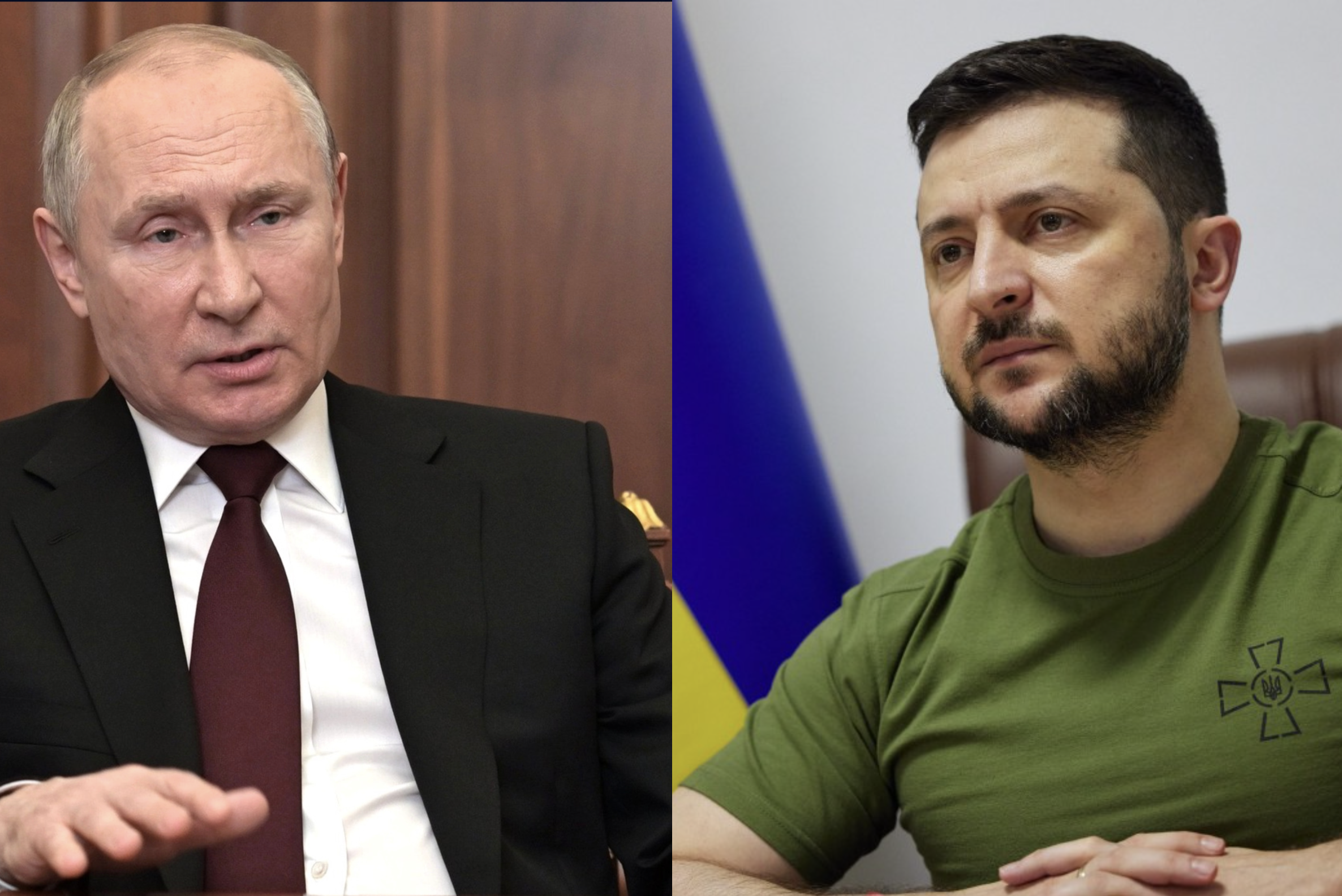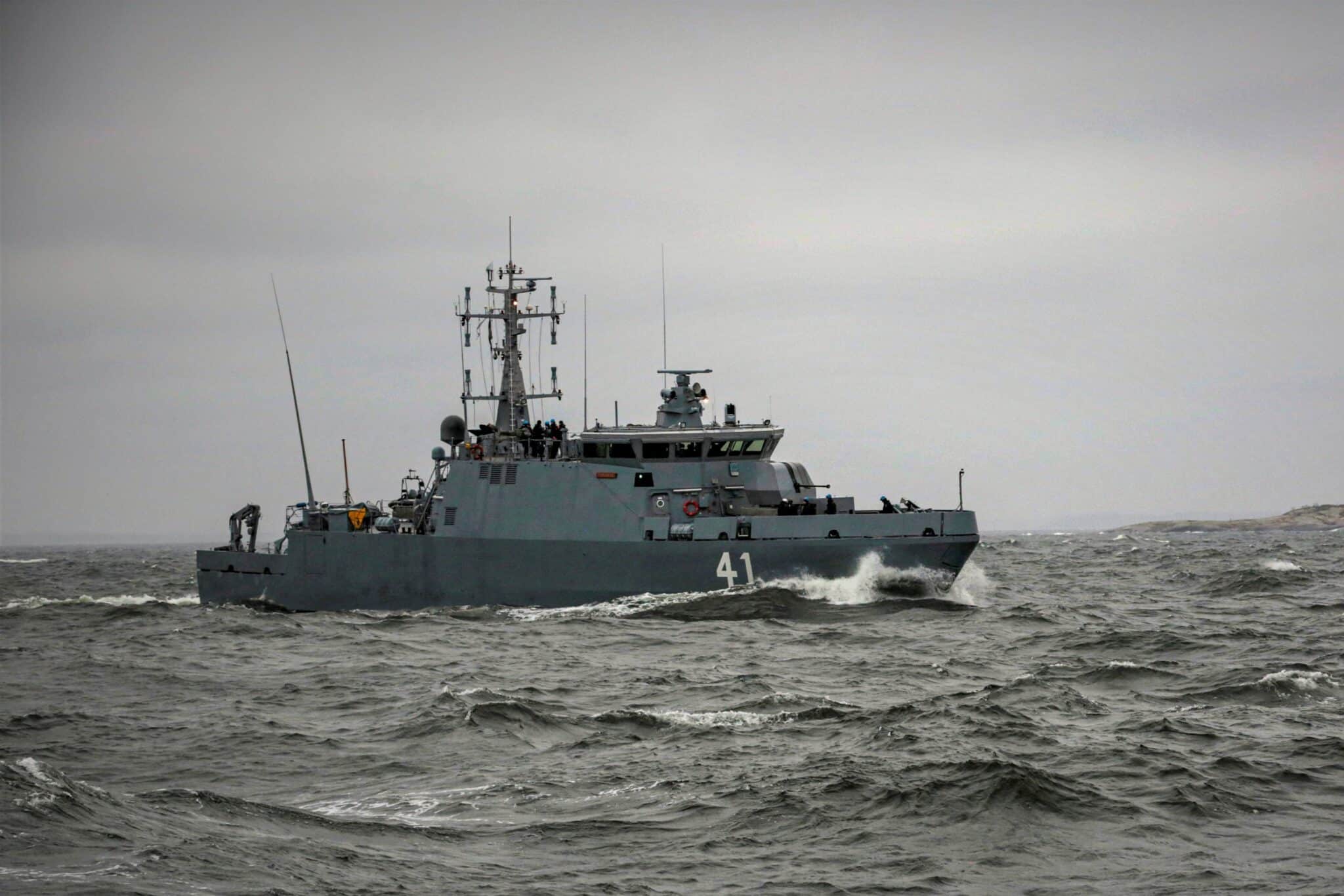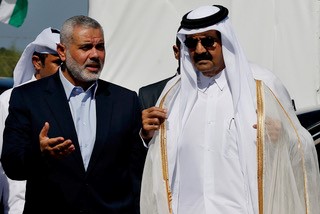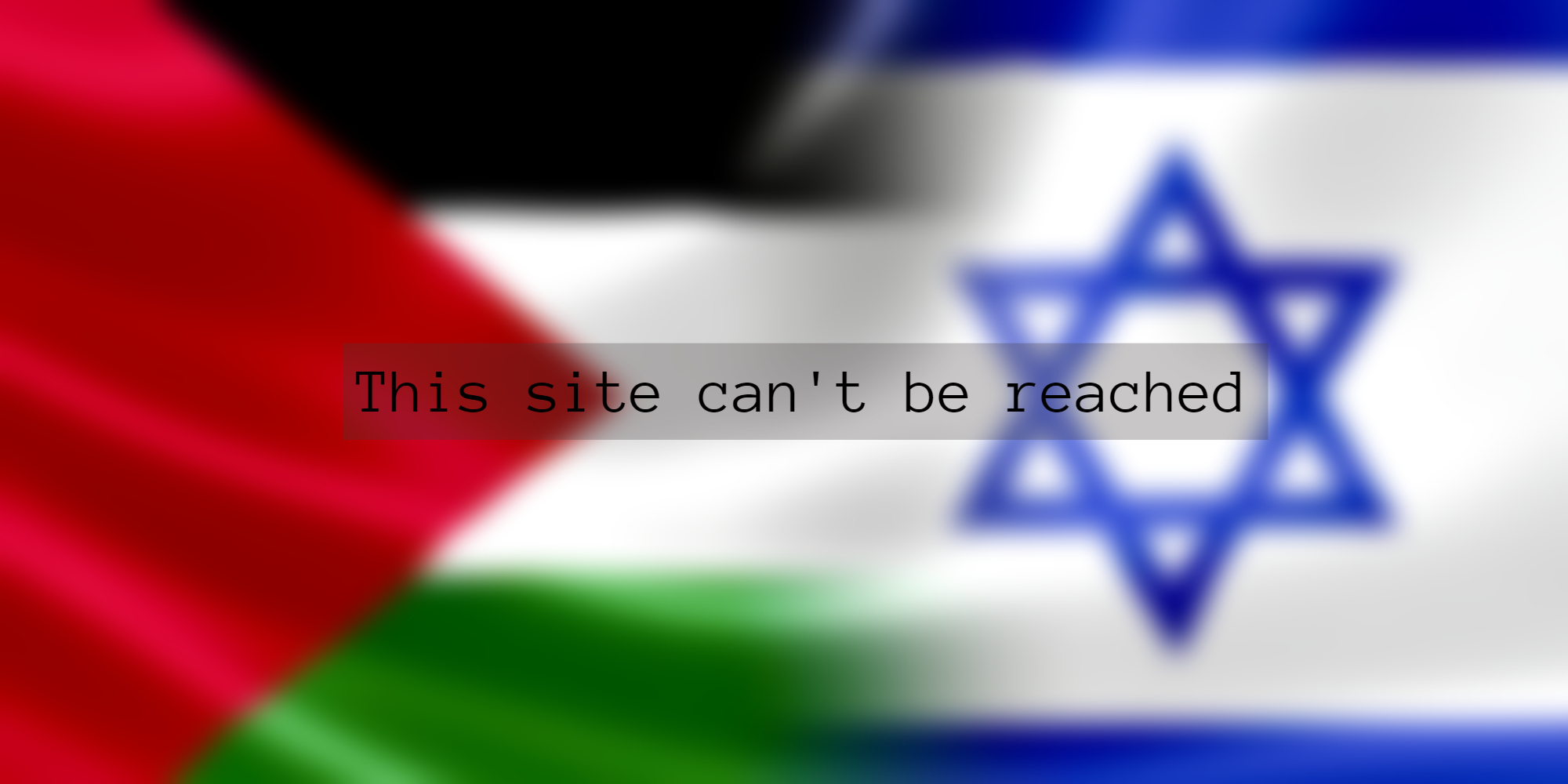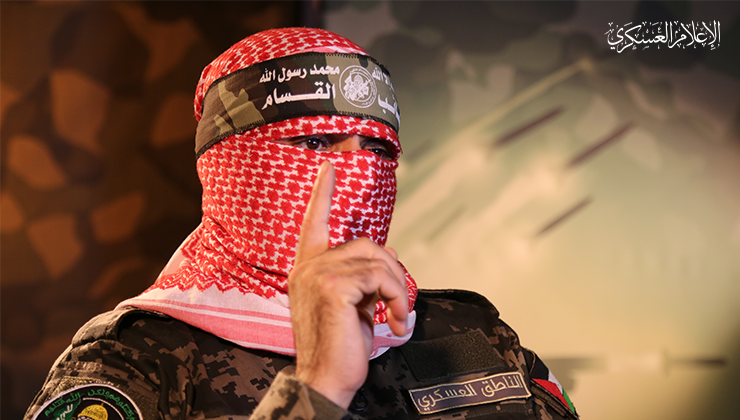Kyiv Defence Analyst: Crucial US Aid to Ukraine Promises Immediate Battlefield Impact, Hoping for Cluster Munitions Advantage
Ukraine’s tireless efforts have finally borne fruit as the U.S. Congress approved nearly $61 billion in crucial military and economic aid, putting an end to months of uncertainty and frustration. With Ukrainian soldiers facing dwindling ammunition and weapons, this aid package arrives as a lifeline in their war against Russia. In an interview with National Security News, Dr Taras Zhovtenko, a defence analyst from the Ilko Kucheriv Democratic Initiatives Foundation, based in Kyiv, stated that the approved package would immediately have a very forceful impact on the battlefield, and Ukraine was eagerly awaiting the arrival of the first shipments. Dr Zhovtenko emphasised that the immediate effect would be the halt of Russian advances in areas where they have gained ground due to severe shortages felt across 1000 km of battle lines. Regarding possible future US aid, he noted an expected ‘pause’ due to the US Presidential election. Dr Zhovtenko expressed that Ukrainian forces were hopeful for cluster munitions, which would provide them with a distinct advantage against the numerically superior Russian forces.
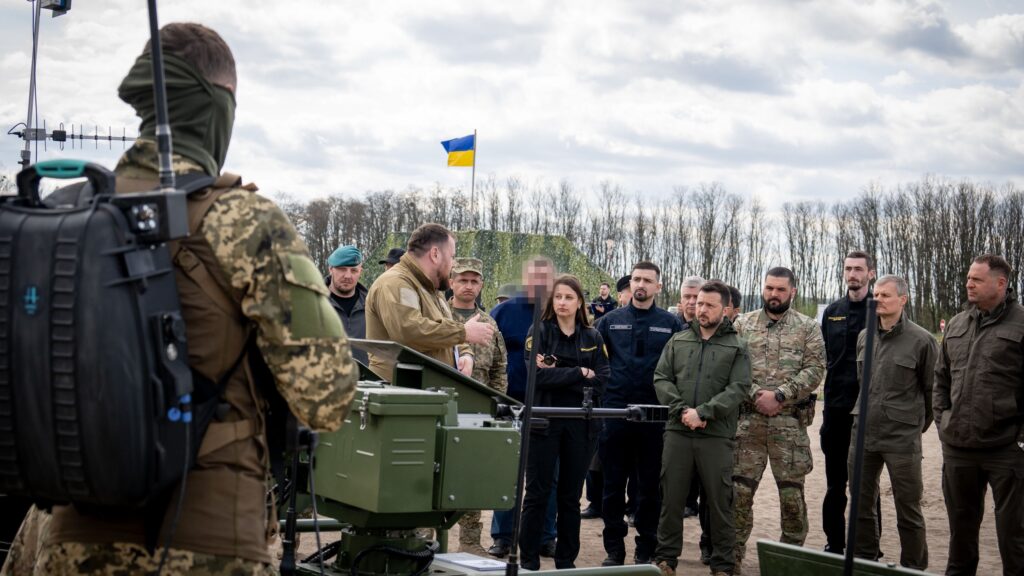
“The key now is speed. The speed of implementing agreements with partners on the supply of weapons for our warriors. The speed of eliminating all Russian schemes to circumvent sanctions. The speed of finding political solutions to protect lives from Russian terror. Every leader who does not waste time is a life saver. Every state that knows how to act quickly safeguards the rules-based world order. I thank everyone in the world who helps our people restore normal life after the Russian strikes. I thank everyone who helps our warriors defend the cities and villages of Ukraine from Russian evil.” – X (Twitter)
Edited Excerpts
US aid package is crucial Ukrainian defence capabilities
Well, as you know, there have been months of intense fighting on the battlefield, and the Ukrainian armed forces have faced a huge shortage of artillery ammunition, both for the 158 armour and multi-ammunition for multiple launch rocket systems. We have also experienced a significant shortage of interceptor missiles for the anti-aircraft batteries, which guard not only ground units on the battlefield but also crucial civilian targets all over the territory of Ukraine.
So, we have been eagerly awaiting the United States to expedite this aid package. As you might know, there is a substantial difference in resource capability between the United States and our European allies. The United States has stockpiles of ammunition and weapon systems ready to be shipped to Ukraine. Our European allies have to place orders for the military-industrial complex to start producing these crucial items needed on the battlefield. Alternatively, they must seek out other countries outside the European Union that have the necessary stockpiles of ammunition and weapon systems to be procured and eventually brought to the Ukrainian battlefield. The assistance from the US and the arrival of this aid package are crucial for our defence capabilities and for our ability to repel this Russian aggression.
Counting the days for the first shipment to arrive in Ukraine
There are three tiers of bolstering Ukrainian resources and military capabilities. The first one is to support the Ukrainian armed forces and meet their immediate needs on the operational and tactical level. This includes essentials like artillery ammunition, ammunition for multi-launch rocket systems, and enhancing capabilities while we await the arrival of the F-16s to further boost our defence capabilities.
This support could come from the stockpiles of the U.S. Army, which are located in Germany and Poland. We are counting the days from the point where President Biden signs this bill into law, and then it would take 3 to 5, maybe a week, but at least 3 to 5 days for the first shipments to arrive in Ukraine and be delivered to the armed forces.
The second tier of the aid package is strategic support for the Ukrainian armed forces. This includes items like anti-tank missiles and replacements for weapon systems that have already been destroyed in the fighting, such as main battle tanks or infantry fighting vehicles. Additionally, it encompasses ammunition for tanks, spare parts, and additional repair capabilities.
Finally, there is the strategic level of support, which involves boosting capabilities for restructuring and strategically rearming the Ukrainian armed forces. This equipment would eventually be procured from the American military-industrial complex and delivered towards the end of the functioning of this aid package.
Immediate Impact: Halting Russian advances across 1000 km battle lines, reclaim capture territory
Immediately, this aid package would have made a forceful impact in halting Russian advances on the battlefield due to the severe shortage of ammunition felt across the thousand-kilometre-long battle lines. This shortage allowed Russian forces to advance, particularly in the eastern part of the front where they have a land border with Ukraine. Russian logistics in that area are more adaptable to Ukrainian strikes, as the Russian war machine relies heavily on numbers rather than the quality of its troops.
Russian military effectiveness is highly dependent on logistics and how well it can separate and support its ground troops. Thus, our strategy involves targeting their logistics and supply routes to diminish their war-fighting capabilities. However, despite our efforts, we’ve observed that the Russian military command has deployed additional manpower and equipment to the battlefield in recent months. Their aim is to fulfil political priorities tied to the so-called presidential elections in Russia and to bolster Russian propaganda, portraying a semblance of victory on the battlefield. They seem unconcerned about their own losses in manpower and equipment and are pressing forward with the sheer numbers they possess.
Now, we must utilize this military aid package at an operational and tactical level to first stabilize the frontline, preventing further Russian advances and denying them the capability to reinforce. Subsequently, we need to prepare the Ukrainian armed forces to reclaim territory seized by the Russians, capitalizing on any weaknesses they may exhibit.
Additional US funding needed, expecting a ‘pause’ with US presidential elections
If we are to strategically end this war and secure victory for Ukraine on the battlefield while ensuring Russian defeat in this military campaign, we will require additional military hardware and equipment, both from the United States and our allies.
We acknowledge that due to specific political processes, particularly those tied to the US presidential election campaign, this aid package from the United States may not be the final one. There could be a pause after this aid package before the next one arrives, hopefully in the latter half of the following year, 2025.
We understand the risks involved, and we anticipate even more challenges if Mr. Trump returns to the Oval Office and assumes the presidency again. However, despite these potential obstacles, we see our European allies continuing to lead the movement. This leadership will persist into the new U.S. presidency, with the next president possibly feeling pressure from European allies to support Ukraine and achieve victory. The goal is to sustain or contain the Russian threat to European and Euro-Atlantic security, as the Russians appear willing to extend their reach anywhere in the near future.
Both our European allies and the U.S. recognize the necessity of addressing the hybrid and military threats emanating from the Kremlin. This requires action at the strategic level, beyond just European or regional security policies. It necessitates a joint initiative to reshape the Euro-Atlantic security mechanism.
This endeavour cannot be undertaken by Brussels alone, nor by Washington alone. There is a significant need and pressure for security cooperation between the U.S. and Europe. Even if Mr. Trump returns to office, we hope he will understand the urgency of the situation and recognize that European security cannot be neglected or left in a precarious state.
European allies have stepped forward
However, we are heavily reliant on our European allies. While Washington has shown some reluctance in discussing the possibility of this aid package with representatives of the Republican Party and those associated with Mr. Trump, our European allies have stepped forward. President Macron’s initiative to deploy troops from seven Western European countries into Ukraine, not for direct combat but for tasks such as stabilizing the Belarus border and neutralizing hybrid threats to Ukrainian territories from the north, is commendable.
In addition to this initiative, we’ve seen proactive measures from the European Union, which is taking bolder steps in procuring weapons for Ukraine. Unlike in 2022 and 2023, where the focus was on their own military-industrial complex, now the European Union is preparing funds to purchase weapons from outside its borders and expedite their delivery to Ukraine. This is crucial because our European allies recognize the urgency of our situation and the need for immediate action.
While we await a possible next aid package from the United States, the assistance from our European allies will be invaluable in sustaining our fight and ultimately achieving victory on the battlefield against the Russians
Urgent need for cluster munitions to make a substantial difference in Russia-Ukraine war
When discussing Ukraine’s ability to maximize the effectiveness of the aid package provided by the United States, particularly at the operational and technical level with immediate battlefield impact, it would be incredibly beneficial if our U.S. allies could focus more attention on providing cluster munitions. Cluster munitions provide the Ukrainian armed forces with a significant advantage against the numerically superior Russian forces.
It’s evident that we cannot realistically hope to match the manpower, ammunition, and tank deployments of the Russian Federation. However, despite being outnumbered, we cannot allow ourselves to be outgunned. Therefore, we require something more potent to maintain an edge over Russian forces on the battlefield. Cluster munitions, which can strike multiple targets from a single ship, provide us with precisely that advantage.
Cluster munitions would be easier for the United States to deploy and for the Ukrainian armed forces to utilize with maximum efficiency against the numerically superior Russian forces. This is an urgent requirement that we have already tested on the battlefield. Last summer, when Washington decided to provide a small number of cluster munitions, including 155mm ammo and cluster munition rockets, the results were immediate. Within two weeks, we successfully drove Russian forces from a strategic position on the left bank of the Dnipro River. This allowed us to deploy reinforcement forces across the river, enhancing the safety of the city of Kherson and pushing Russian forces further away, thus sparing it from constant Russian shelling.
Once again, when considering this aid package, the inclusion of cluster munitions is something we highly anticipate.



